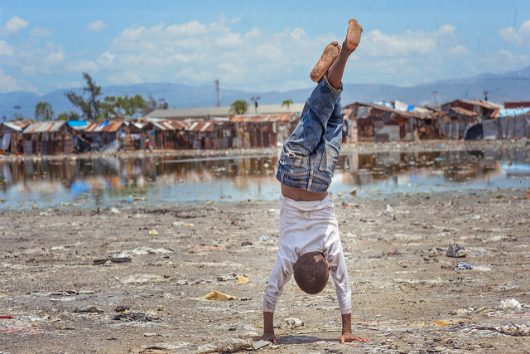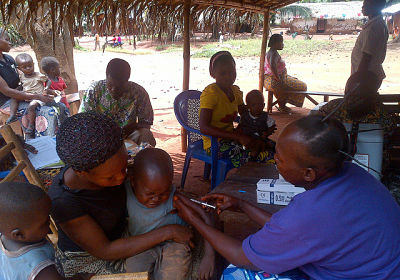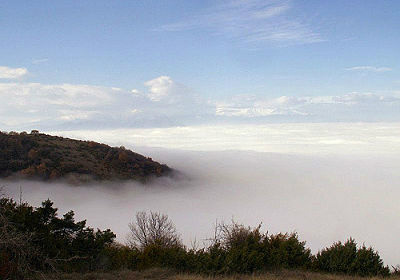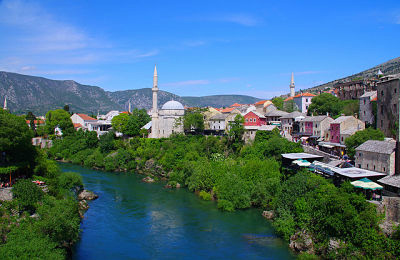 Costa Rica’s tropical weather and lush scenery attract many tourists from all around the globe. Last year, the country broke its record for tourists by reaching just shy of three million arrivals. However, that same equatorial climate also brings still water and multiple mosquito-borne illnesses. Below are some of the most common diseases in Costa Rica.
Costa Rica’s tropical weather and lush scenery attract many tourists from all around the globe. Last year, the country broke its record for tourists by reaching just shy of three million arrivals. However, that same equatorial climate also brings still water and multiple mosquito-borne illnesses. Below are some of the most common diseases in Costa Rica.
- Malaria
Malaria is a disease spread by the parasites living in certain mosquitoes. The initial symptoms — chills, headaches and fever — typically take around 10-15 days to make themselves apparent. Even though it can be life-threatening if left untreated, it is both preventable and curable. Chloroquine is a popular prescription for it in Costa Rica. - Dengue Fever and Chikungunya Virus
Two more common diseases in Costa Rica are dengue fever and chikungunya virus. During 2016’s first five weeks, these infections skyrocketed 600 percent from the same time the preceding year. They are both transferred via mosquito bites and share a few symptoms: headaches, joint and muscle pain and rashes. Fortunately, dengue and chikungunya are rarely fatal. - Zika
Zika, another mosquito-borne illness, can be found in Costa Rica. Once someone is infected, they are also at risk of spreading the disease through sex. The Centers for Disease Control and Prevention (CDC) recommend either using condoms or avoiding sexual contact with an infected individual. Additionally, not everyone who has Zika gets sick. This is a problem especially for pregnant women, as they may not know they are infected and can pass the disease along to their child which would result in serious birth defects.As of now, the CDC states that Zika has no vaccine or medicine. However, it recommends staying above 6,500 feet (where Zika-carrying mosquitoes are unlikely to be found due to unfavorable environmental conditions) and has a guide for preventing mosquito bites altogether. - Chagas Disease
Chagas disease is spread via parasites in the Reduviid bug and mostly affects people living in rural Costa Rica. One of the methods of infections is particularly repulsive. While the bug bites someone, it defecates on them. The parasites rely on the person to swat the bug as this will grind the feces into the new bite wound.According to Mayo Clinic, the symptoms — loss of appetite, fatigue, eyelid swelling, nausea and others — are typically mild and may not even occur until the disease reaches the chronic stage. Current treatments for Chagas disease focus on eliminating the parasite, but these medications won’t work if the disease becomes chronic. - Leptospirosis
Lastly, there is leptospirosis. It is a bacterial disease spread through the infected urine of animals. People with scrapes or open wounds who come into contact with contaminated water are at risk. The symptoms can be mistaken for a multitude of other diseases and take anywhere from two days to four weeks to surface.However, prevention is fairly easy. Avoiding contact with water that may be infected (including puddles) and wearing protective clothing when engaging in water sports greatly reduce the chances of infection.
While some of the most common diseases in Costa Rica may not have cures as of now, prevention is key. There are many resources widely available to help locals and tourists alike maintain their health in a climate that can foster such illnesses.
– Jada Haynes
Photo: Flickr
 The most common
The most common 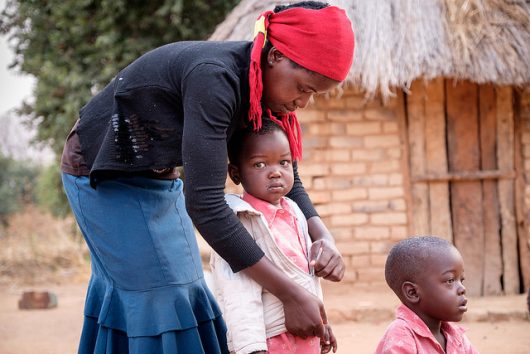 South Africa has one of the highest rates of tuberculosis (TB) in the world. The disease has continued to be the
South Africa has one of the highest rates of tuberculosis (TB) in the world. The disease has continued to be the 